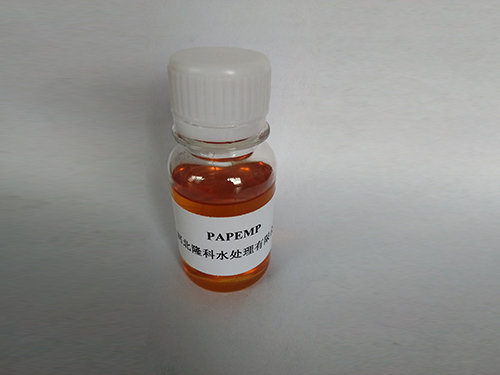anionic polyacrylamide uses
The Versatile Uses of Anionic Polyacrylamide
Anionic polyacrylamide (APAM) is a versatile polymer known for its excellent flocculating and binding properties. As an anionic water-soluble polymer, it has garnered significant attention across various industries due to its effectiveness in managing water and its various qualities as a thickening agent, stabilizer, and flocculant. This article delves into the diverse applications of anionic polyacrylamide, highlighting its benefits and significance in different sectors.
1. Water Treatment
One of the primary uses of anionic polyacrylamide is in water treatment processes. It acts as a flocculant, facilitating the aggregation of suspended particles in water, which eventually settle down as sludge. This property is particularly beneficial in municipal wastewater treatment facilities where large volumes of water need to be processed efficiently. APAM helps improve the clarity of the treated water by allowing for the rapid removal of impurities. Its application can significantly enhance sedimentation rates, thus optimizing the overall efficiency of the treatment process.
2. Agriculture
In agriculture, anionic polyacrylamide is used as a soil conditioner. The polymer enhances soil structure and increases water retention, which is crucial for agricultural production, especially in arid regions. By improving moisture retention in the soil, APAM contributes to reduced irrigation frequency and conserves water resources. Furthermore, it helps minimize soil erosion and enhances seedling establishment, which collectively promote more sustainable farming practices.
anionic polyacrylamide uses

APAM finds extensive use in the mining sector, particularly in mineral processing. It serves as a flocculant in the separation and recovery of valuable minerals from ores. By promoting the aggregation of particles and improving solid-liquid separation, anionic polyacrylamide enhances the recovery rates of minerals, thereby increasing productivity and reducing costs in mining operations. Moreover, its application contributes to effective tailings management, reducing the environmental impact of mining activities.
4. Paper and Pulp Industry
In the paper and pulp industry, anionic polyacrylamide is utilized in the paper-making process as a retention aid. It helps improve the retention of fibers and fillers, leading to better paper quality and reduction of waste materials. The use of APAM allows for a decrease in production costs while enhancing the overall efficiency of the paper-making process. Additionally, its application aids in the reduction of turbidity in wastewater generated by pulp mills.
5. Oil and Gas Industry
Anionic polyacrylamide plays a vital role in the oil and gas industry, particularly in enhanced oil recovery (EOR) operations. It is used to increase the viscosity of water-based fluids, improving the displacement of oil and enhancing the overall recovery rates. The use of APAM in hydraulic fracturing also assists in the control of fluid loss and improves the efficiency of the fracturing process, which is crucial for maximizing oil and gas extraction.
Conclusion
Anionic polyacrylamide is a multifaceted polymer with a wide range of applications across various industries. Its effectiveness as a flocculant, soil conditioner, and thickening agent makes it an invaluable resource in water treatment, agriculture, mining, paper production, and the oil and gas sector. As industries continue to seek sustainable and efficient solutions, the relevance of anionic polyacrylamide is expected to grow, solidifying its role as a critical component in various processes. The ongoing research and development in this field will likely unlock new applications and enhance its utility, further establishing APAM as a fundamental polymer in industrial applications.
-
Water Treatment with Flocculant Water TreatmentNewsJun.12,2025
-
Polymaleic AnhydrideNewsJun.12,2025
-
Polyaspartic AcidNewsJun.12,2025
-
Enhance Industrial Processes with IsothiazolinonesNewsJun.12,2025
-
Enhance Industrial Processes with PBTCA SolutionsNewsJun.12,2025
-
Dodecyldimethylbenzylammonium Chloride SolutionsNewsJun.12,2025





